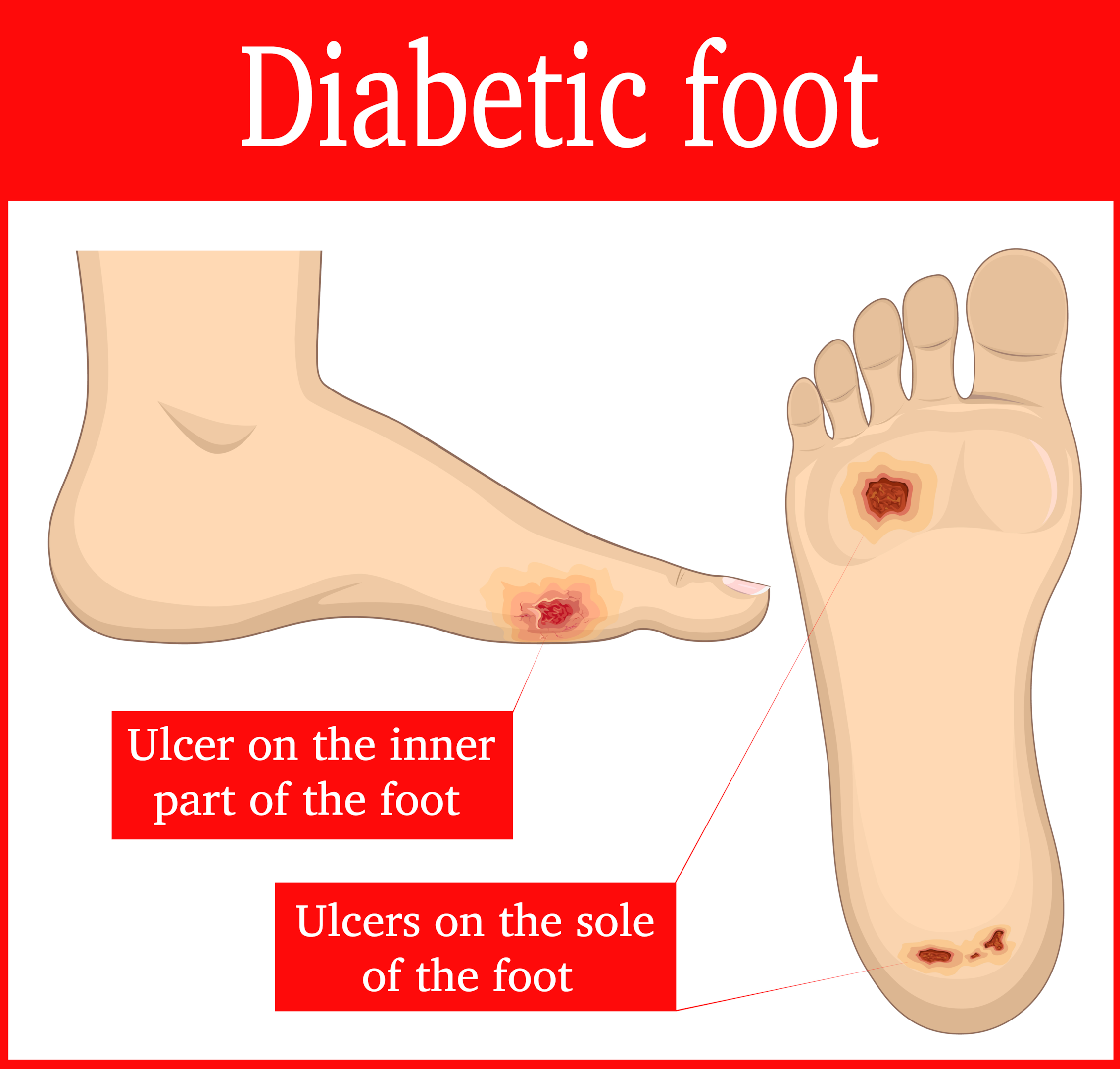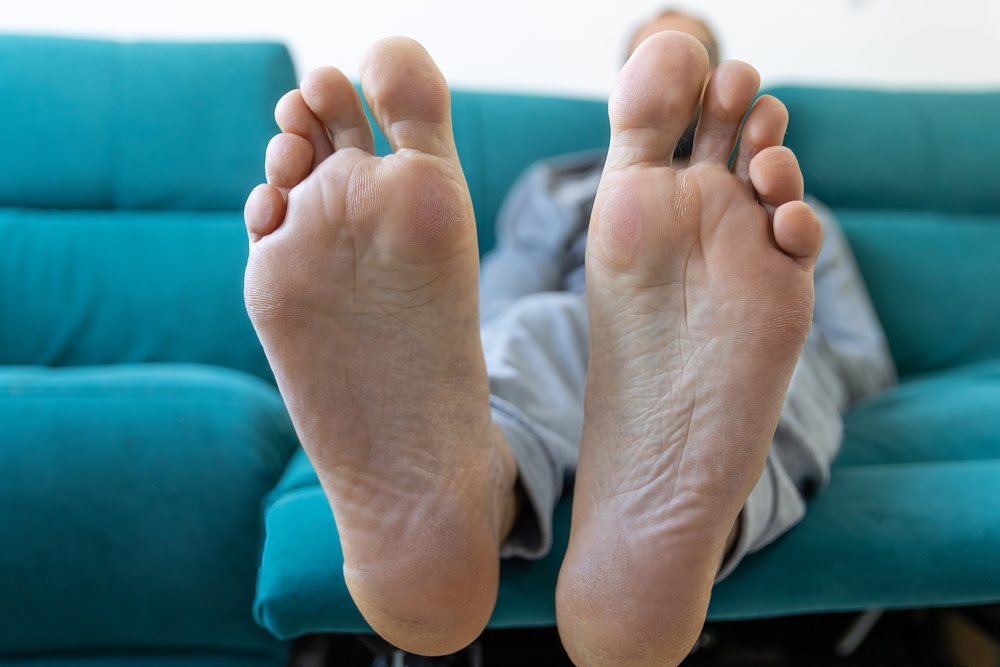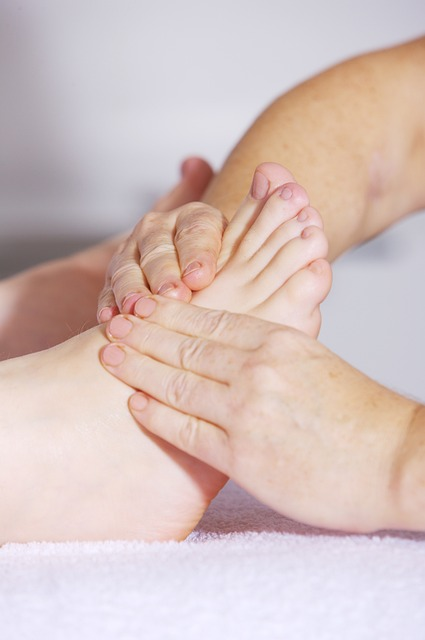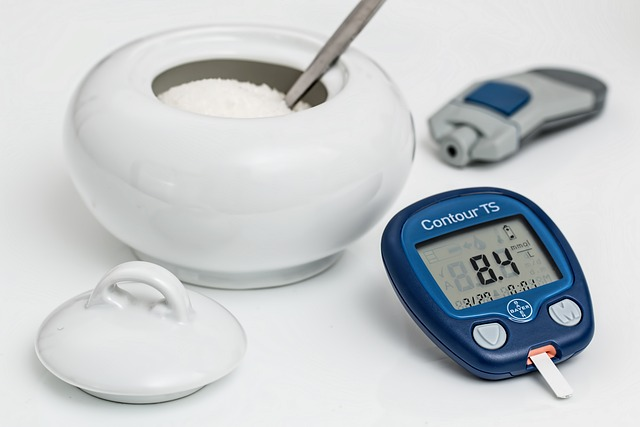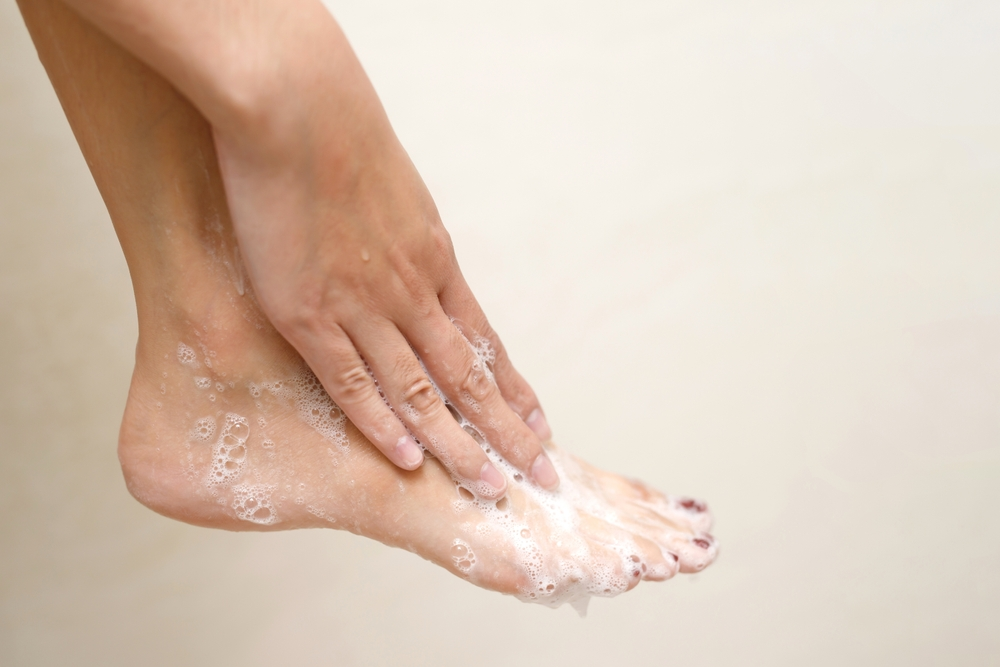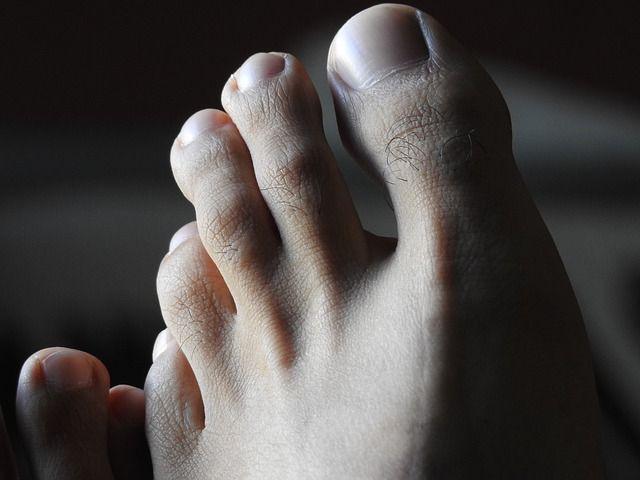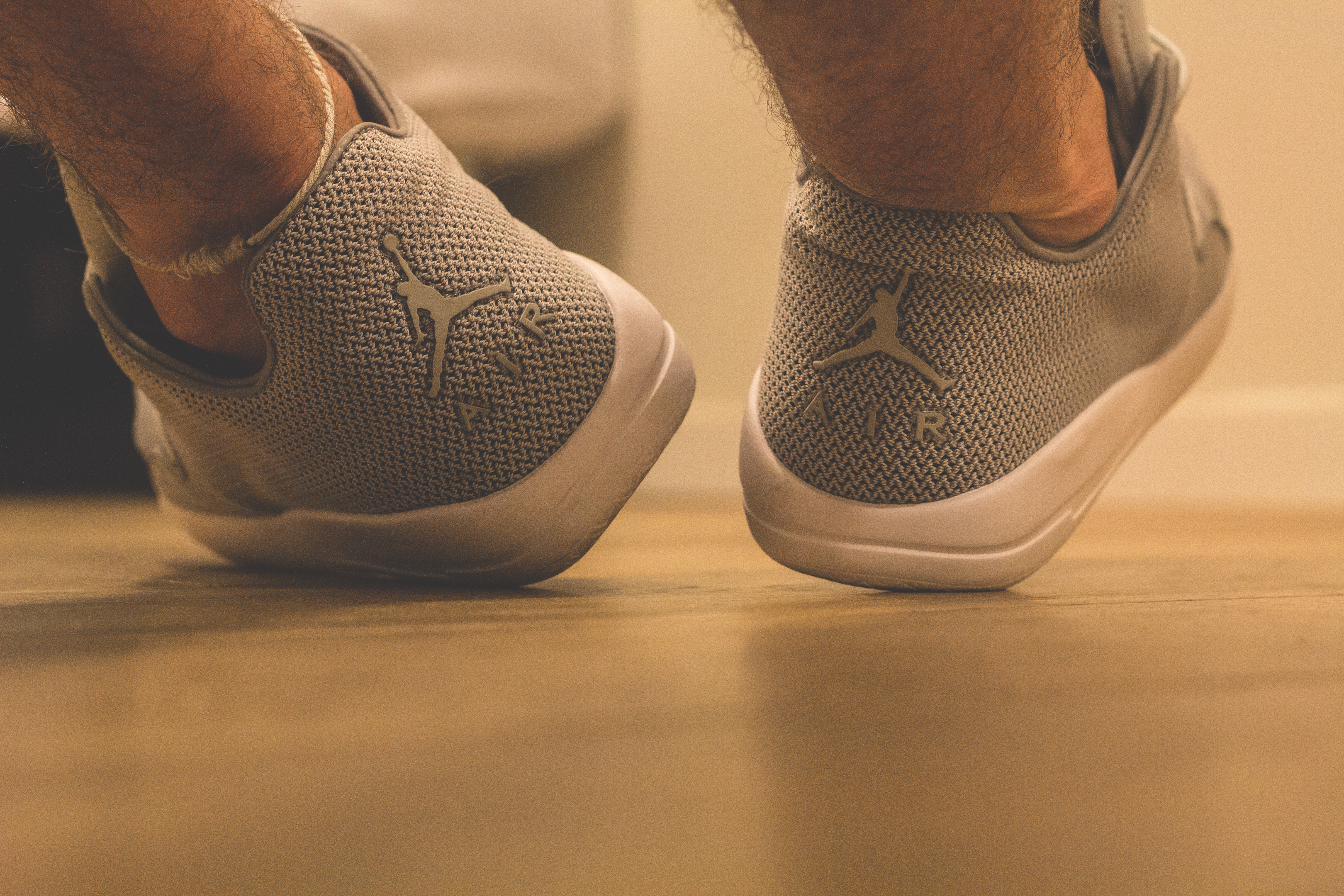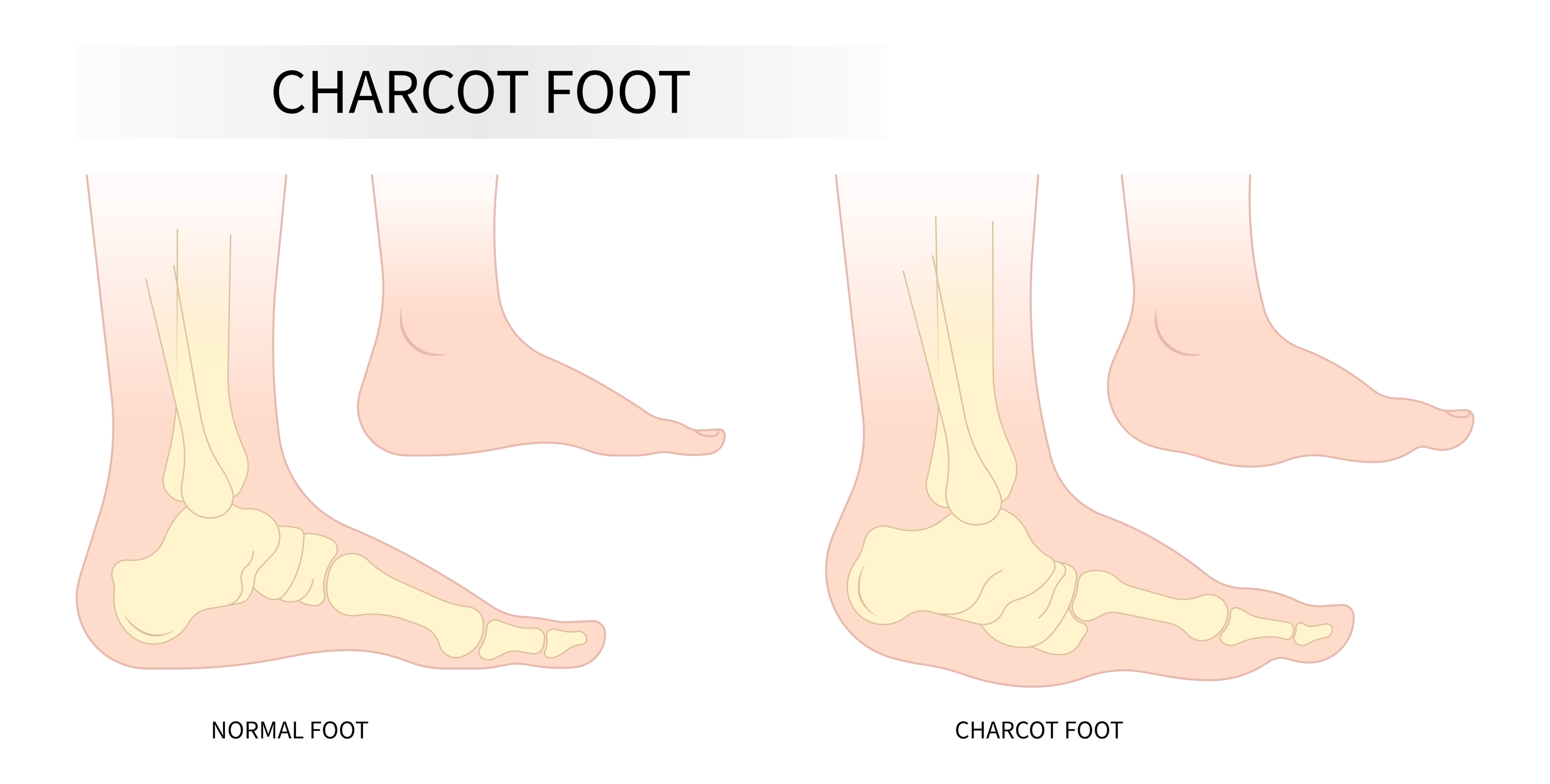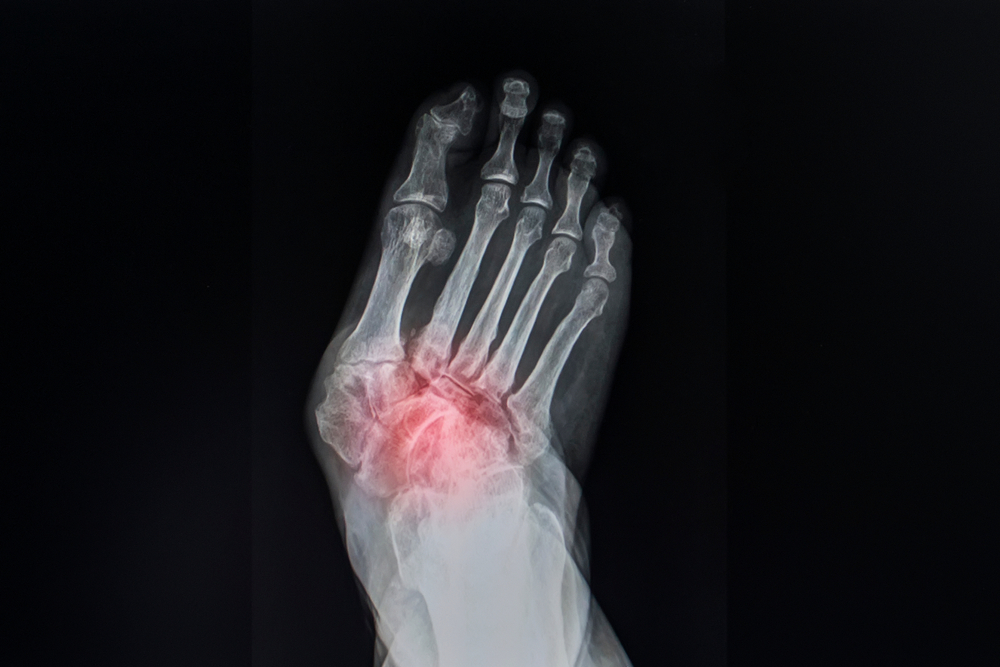
Plantar Fasciitis Personal Stories
Plantar Fasciitis Personal Stories
I enjoy hearing how others have experienced plantar fasciitis and found ways to manage it
A Step in the Right Direction, Sara’s story
Sara had always loved running. It was her way of staying fit, relieving stress, and enjoying nature. She had participated in several half-marathons and was always looking for new challenges and goals.
But one day, she woke up with a sharp pain in her right heel. She tried to ignore it and went for her usual morning run, hoping it would go away. But the pain only got worse as she ran, and she had to stop and limp back home.
She searched online for the possible causes of her heel pain and came across a condition called plantar fasciitis. She learned that it was an inflammation of the tissue that connects the heel bone to the toes and that it was common among runners and people who stand or walk a lot on hard surfaces.
She decided to see a doctor, who confirmed her diagnosis and suggested some treatment options. He told her that most cases of plantar fasciitis can be treated with conservative measures, such as resting, icing, stretching, and taking anti-inflammatory drugs. He also recommended that she wear night splints to keep her foot stretched while sleeping, and orthotics to support her arch and distribute the pressure on her foot more evenly.
Sara followed the doctor’s advice and took a break from running. She also started doing some physical therapy exercises to strengthen her lower leg muscles and improve her flexibility. She noticed that the pain gradually decreased over time, but it still bothered her in the morning or after long periods of standing.
She missed running so much that she decided to try it again after a few weeks. She bought new shoes with more cushioning and arch support and warmed up properly before running. She also reduced her speed and distance and avoided running on hard or uneven surfaces.
She initially felt slight discomfort in her heel, but it soon faded as she ran. She felt a surge of joy and relief as she completed her run without any major pain. She realized that she had taken a step in the right direction and that she could overcome her plantar fasciitis with patience and perseverance.
Here is a short story that describes how a friend of mine with flat feet developed plantar fasciitis and is trying to manage the problems:
A Painful Lesson, Tom’s foot problems
Tom had always been self-conscious about his flat feet. He hated the way they looked and felt, and how they made him walk awkwardly. He avoided wearing sandals or going barefoot in public, and he often wore thick socks and shoes to hide his feet.
He had heard that flat feet could cause foot problems, but he didn’t pay much attention to it. He thought he was fine as long as he didn’t have any pain or discomfort. He enjoyed playing soccer and basketball with his friends, and he never had any issues with his feet.
That changed one day when he joined a new gym and decided to try out the treadmill. He had never run on a treadmill before, and he didn’t know how to adjust the speed or incline. He just started running as fast as he could, without warming up or stretching.
He felt a sharp pain in his right heel after a few minutes, but he ignored it and kept running. He thought it was just a minor strain that would go away soon. He ran for another 10 minutes, until he couldn’t bear the pain anymore. He stopped the treadmill and limped off, feeling a throbbing sensation in his heel.
He hoped that the pain would subside by the next day, but it didn’t. It was worse in the morning, when he took his first steps out of bed. He felt like someone was stabbing him in the heel with a knife. He could barely walk, let alone run.
He searched online for the possible causes of his heel pain, and came across a condition called plantar fasciitis. He learned that it was an inflammation of a thick band of tissue that runs across the bottom of each foot and connects the heel bone to the toes, known as the plantar fascia. He also learned that flat feet could increase the risk of developing plantar fasciitis, as they put more stress on the plantar fascia.
He realized that he had made a big mistake by running on the treadmill without proper preparation or footwear. He decided to see a doctor, who confirmed his diagnosis and suggested some treatment options. He told him that most cases of plantar fasciitis could be treated with conservative measures, such as resting, icing, stretching, and taking anti-inflammatory drugs. He also recommended that he wear night splints to keep his foot in a stretched position while sleeping, and orthotics to support his arch and distribute the pressure on his foot more evenly.
Tom followed the doctor’s advice and took a break from running and other sports. He also started doing some physical therapy exercises to strengthen his lower leg muscles and improve his flexibility. He noticed that the pain gradually decreased over time, but it still bothered him in the morning or after long periods of standing.
He missed playing soccer and basketball with his friends, but he knew he had to be patient and careful with his recovery. He also realized that he had to take better care of his feet, and that he couldn’t ignore his flat feet anymore. He decided to buy new shoes with more cushioning and arch support, and to warm up properly before any physical activity.
He hoped that one day he would be able to run again without any pain, and that he would learn from his painful lesson.
Here is a short story about how your friend Linda, a middle-aged woman who was overweight and had diabetes, developed plantar fasciitis and how she is managing it now:
A New Beginning – Linda’s story
Linda had always struggled with her weight and her type 2 diabetes. She knew she had to eat healthier and exercise more, but she found it hard to stick to a routine. She often felt tired, hungry, and depressed. She also had frequent foot problems, such as blisters, corns, and calluses. She ignored them, thinking they were not a big deal.
One day, she decided to join a walking group with some of her friends. She thought it would be a good way to socialize and get some fresh air. She bought a pair of cheap sneakers and went for her first walk.
She enjoyed the company and the scenery, but she soon felt a sharp pain in her right heel. She tried to ignore it and keep up with the others, but the pain only got worse as she walked. She had to stop and limp back to her car.
Linda searched online for the possible causes of her heel pain, and came across a condition called plantar fasciitis. She learned that it was an inflammation of a thick band of tissue that runs across the bottom of each foot and connects the heel bone to the toes, known as the plantar fascia. She also learned that people with diabetes have a higher risk of developing plantar fasciitis, as high blood sugar levels can damage the nerves and blood vessels in the feet.
She decided to see a doctor, who confirmed her diagnosis and suggested some treatment options. He told her that most cases of plantar fasciitis can be treated with conservative measures, such as resting, icing, stretching, and taking anti-inflammatory drugs. He also recommended that she wear night splints to keep her foot in a stretched position while sleeping, and orthotics to support her arch and distribute the pressure on her foot more evenly.
Linda followed the doctor’s advice and took a break from walking. She also started doing some physical therapy exercises to strengthen her lower leg muscles and improve her flexibility. She noticed that the pain gradually decreased over time, but it still bothered her in the morning or after long periods of standing.
She realized that she had to make some changes in her lifestyle to prevent further damage to her feet. She decided to lose some weight by following a balanced diet and counting her carbs. She also decided to monitor her blood sugar levels more closely and take her medications as prescribed. She bought new shoes with more cushioning and arch support, and warmed up properly before any physical activity.
She slowly resumed walking with her friends, but at a slower pace and shorter distance. She also tried other low-impact exercises, such as swimming, cycling, and yoga. She felt more energetic, happier, and confident.
Linda now says she is proud of herself for taking charge of her health and overcoming her plantar fasciitis. She feels like she entered a new beginning.





